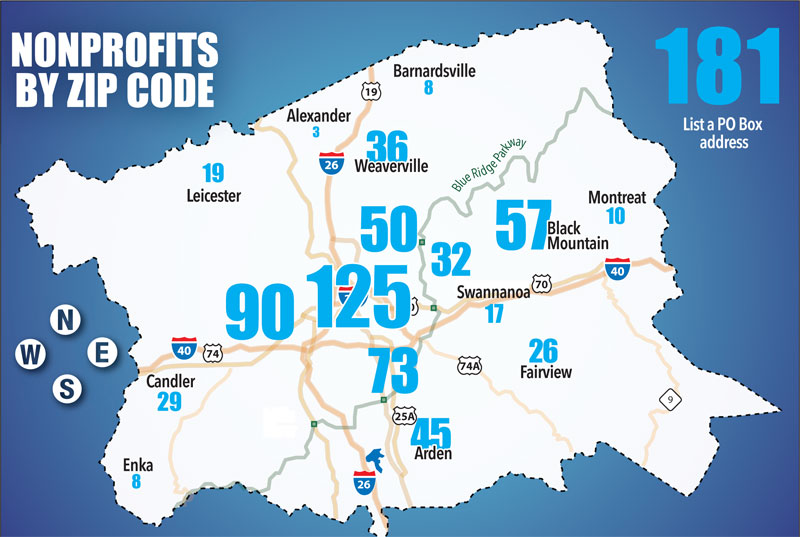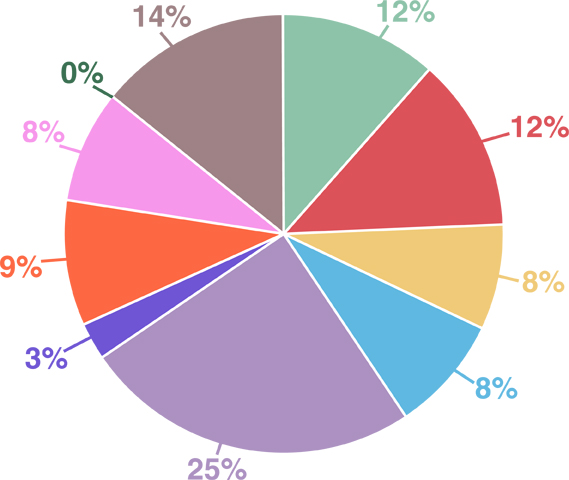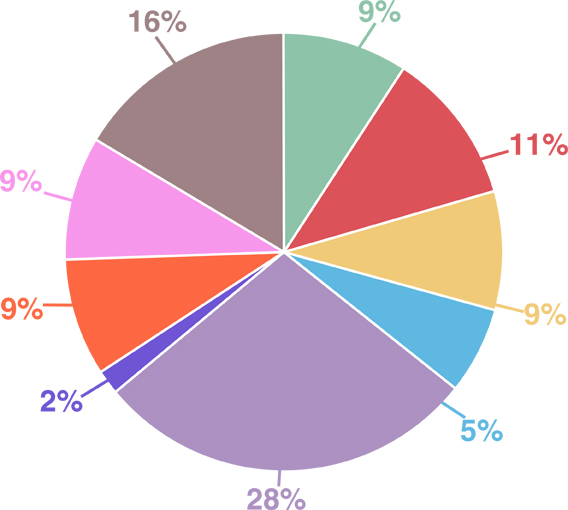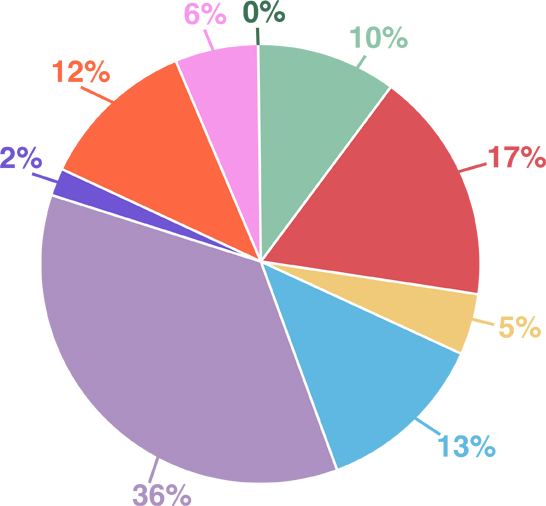“Nonprofit” can mean a lot of things. It can mean a church or a school, a club or a fraternity. It can mean a quasi-governmental organization. It can mean, very generally, any tax exempt organization — or it can be the punchline of a bad joke about a business that’s not doing very well, as in “I run a non-profit record store.”
Three types of organizations fall into the category of 501(c)(3) nonprofits: private foundations, churches and public charities.
While some private foundations are set up for purposes other than philanthropy, many are established by an individual, a family or a group to pursue charitable ends. Foundations generally do not solicit funds from the public, and their programs are guided by their trustees or directors.
“Churches” is the umbrella term used by the IRS to designate qualifying worship organizations. Unlike other types of 501(c)(3)s, churches are not required to file any tax documents, regardless of revenues, though many do file voluntarily. Because of this inconsistency in reporting, churches are difficult to summarize as a category.
Public charities are nonprofits that usually derive their funding or support primarily from the general public, receiving grants from individuals, government and private foundations. The term “charity” can be a bit misleading, however. While nonprofits are generally working for what they see as the public good, they are not necessarily direct relief organizations. Many function more like a business than anything else; Mission Health, with over 10,000 employees and upwards of $1 billion in annual revenue, is an example of a nonprofit that generates big money while also providing some charitable services.
For each of the charts and graphs in this section (unless otherwise noted), a nonprofit is defined as a 501(c)(3) IRS recognized tax exempt organization, donations to which are tax deductible, that is not also a house of worship (church, synagogue, mosque, etc.) or a simple association of people like a small club. The data presented here are the most recent available from the IRS, and the numbers are drawn from (2012) tax documents.
BUNCOMBE DISTRIBUTION OF NONPROFITS BY TYPE
HAYWOOD, HENDERSON, MADISON AND TRANSYLVANIA DISTRIBUTION OF NONPROFITS BY TYPE
NATIONAL DISTRIBUTION OF NONPROFITS BY TYPE

- WHAT DO THEY DO?: The IRS breaks the nonprofit world into 10 basic types. Human Services nonprofits are by far the most common. In this area there appears to be a comparatively higher percentage of nonprofits centered aroung the natural world, religion and the extra national, as well as the arts in Buncombe. And, while the data aren’t conclusive, there is definitely a lower percentage of human services nonprofits. Even if the “unknown” portions of the local data charts were proportionally distributed among the other categories, their percentages would still be lower than the national average.







The picture caption says “In 2012, Buncombe County had 809 nonprofits.”
In another Mtn X article posted May 7th ‘WNC nonprofit statistics, by county’ says Buncombe County had 450 nonprofits in 2013. http://mountainx.com/news/wnc-nonprofit-statistics-by-county/
Is a change from 809 to 450 in one year’s time correct?
Samantha, great question. The thing is there are different ways to count nonprofits. By our best count, there were about 809 nonprofits in 2012. The 450 number is not the total nonprofit count, that number is from the NC center for nonprofits and it it only includes nonprofits that reported $50,000 or more in revenue. My report of 809 includes nonprofits that reported little or no revenue. Does that make sense?
I should also point out that my count is not necessarily perfectly inclusive either. I don’t count small neighborhood clubs and whatnot. So the total number of 501 (c)(3)s is even higher.